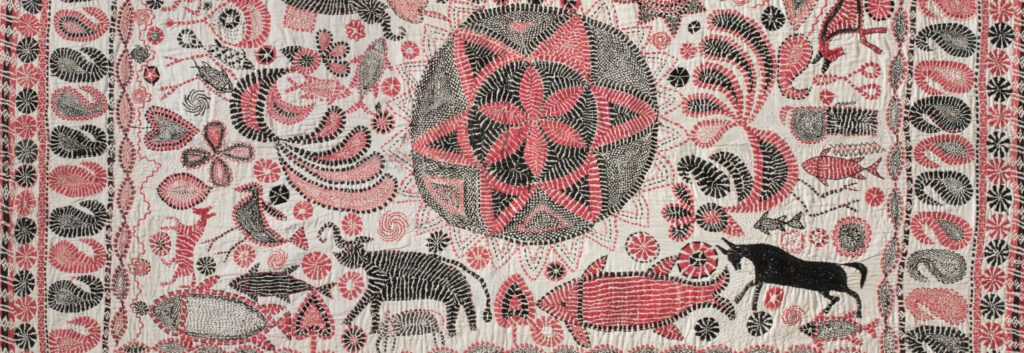
Patty Chang Explores Themes of Depth and Introspection in Her Latest Work

Title: Bearing Witness Through Touch: Empathy, Trauma, and Connection in Patty Chang’s Touch Archive
In her poignant and multi-layered exhibition Touch Archive at BANK gallery in New York City, artist Patty Chang examines the fragile intersections between motherhood, environmental trauma, and human connection. Through a powerful blend of video installation, photography, and performative act, Chang invites viewers to confront the often-invisible consequences of our interconnected existence across species, geography, and time.
At the center of the exhibition is the video piece “We Are All Mothers” (2022), a contemplative and unsettling work in which Chang remotely observes a necropsy of a baby porpoise conducted by scientist Aleksija Neimanis. The scene unfolds over a Microsoft Teams screen recording: Neimanis works methodically, slicing open the animal’s body to investigate the causes of its premature death. Chang and writer Astrida Neimanis (Aleksija’s sister) appear as observers in small video windows, their detached participation emblematic of the distancing technologies through which modern trauma is often mediated.
Yet, the emotional impact of the work is anything but distant. As Neimanis pulls from the porpoise’s stomach a sample of breastmilk — the last nourishment it received — Chang weaves in footage from her earlier series, Milk Debt (2018–2021). This haunting parallel features women narrating private, often frightening thoughts while pumping breastmilk. In juxtaposing this with the necropsy, Chang underscores a harrowing truth: in some marine species, motherhood involves passing on accumulated toxins through breastmilk, an act that becomes both nurturing and destructive — a literal embodiment of generational trauma.
This concept reaches beyond the biological and into the philosophical. Drawing from Astrida Neimanis’s groundbreaking text Bodies of Water: Posthuman Feminist Phenomenology (2017), the video traces how these toxins — and traumas — circulate through ecosystems and social systems: “from human-machine assemblage to waterway, ocean, and atmospheric current, to plankton, to whale, to breastfeeding body.” It’s a profound meditation on ecological entanglement and the porous boundaries between human and nonhuman experiences.
This gesture of closeness — enabled and constrained by virtual tools — continues as Chang instructs Neimanis to pause, touch the porpoise’s body, and honor it before disposal. Though the action is separated by gloves, screens, and space, there is intimacy in the act. “At the moment of touch,” Chang reflects, “it enters into me. In this archive, her body becomes mine.” Her notion of “touch” is both literal and conceptual — underscoring a form of empathetic inheritance that transcends species lines.
This theme permeates other parts of the exhibition. “Memory Game” (2022) features a set of 4-by-6-inch photographs — also images of scientists touching porpoises — arranged like Zoom call tiles. Visitors are encouraged to flip the photos facedown. Created in the era of COVID-19, these tactile actions evoke the emotional labor of maintaining — or refusing — connection during a time when physical proximity was seen as a danger. It is a meditation on memory, witness, and the shaping of collective histories through what we choose to see — or turn away from.
Chang’s wider body of work extends these themes of embodied trauma, femininity, and intersubjective experience. In Monstrous Beauty: A Feminist Revision of Chinoiserie, currently showing at the Metropolitan Museum of Art, her early video “Melons (At a Loss)” (1998) features her symbolically consuming a melon hidden in her bra, while narrating the fictional death of an aunt — commenting on female identity, consumption, and mourning. More recently, her piece “Abyssal” (2025) is a porcelain massage table punctuated with holes, referencing the lives lost during the Atlanta Spa shootings — a hate crime against Asian women. After the exhibition, this piece will be buried in the ocean as the foundation for coral growth, closing the cycle with a gesture of ecological healing and rebirth.
Through visceral metaphors, documented rituals, and mediated touch, Chang explores what it means to witness suffering — both human and nonhuman — and to be implicated in it as part of a shared ecosystem. Her work challenges viewers to reconsider boundaries between the personal and the global; the maternal and the mortal; the human and the animal.
Touch Archive is ultimately a call to empathy, not as sentiment but as embodied awareness — a recognition of our inescapable connectivity within fragile, interdependent systems. By making the invisible visible, and the distant intimate, Patty Chang offers a resonant reminder: in giving shape to grief, trauma, and healing, we are all implicated, and perhaps, we are all mothers.
Exhibition Details:
Patty Chang: Touch Archive is on view at BANK gallery (127 Elizabeth Street, Nolita